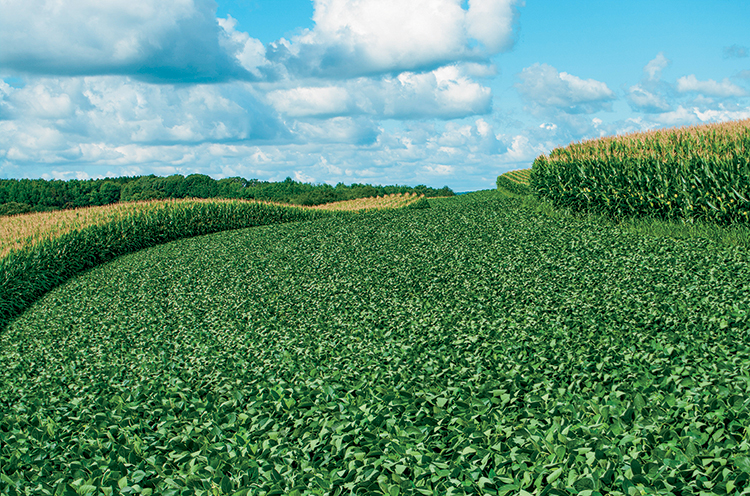Home > Minnesota > Minnesota Crops & Livestock > The Ethanol Dream Team
The Ethanol Dream Team

Bolstered by good timing and the grit and determination of what has been considered an ethanol “dream team,” Minnesota’s biofuels industry has grown tremendously in the last few decades and sees opportunities for even better days ahead.
With planning stages in the late 1980s and the building and operation of full-scale plants in the 1990s, ethanol production in the state has realized a return on investment of more than 800 percent, according to a 2012 report by the Minnesota Department of Agriculture.
Ranked fifth nationally in ethanol production, more than 11,000 Minnesota farmers grow and supply corn for the industry. Each year, the state’s 21 ethanol plants produce 1.1 billion gallons of the renewable fuel.
The industry’s success hasn’t been by happenstance, according to those who have been involved in ethanol since the early years.
“It was the right program at the right time that had the right people involved,” says Ralph Groschen, who helped develop and guide the ethanol industry until his retirement from the state department of ag in 2011.
“It was an impossible, crazy thing to try to do,” he says of the attempt to make the ethanol industry work, “but with all the people we had, it actually happened. It worked like a charm.”
Groschen credits the state’s governors, legislators, attorneys general, departments of commerce and agriculture, and corn growers with the success of the biofuels industry.
“Back then we referred to it as the Minnesota ethanol dream team,” he says.
![Minnesota Ethanol [INFOGRAPHIC]](https://eadn-wc01-4177395.nxedge.io/wp-content/uploads/2020/05/Screen-Shot-2015-06-25-at-4.26.04-PM.png)
Financial Incentives
Minnesota took a rather unique approach during the early days that provided a leg up of sorts in the ethanol world. The state encouraged individual farmers and producers to get involved financially from the outset, thus giving them a sense of ownership.
“Minnesota came up with what I consider the absolute best program to get the ethanol industry going,” says Randall Doyal, CEO of Al-Corn Clean Fuel in Claremont, Minn., and chairman of the national Renewable Fuels Association. “It was a very creative program that provided the financial incentive in the form of direct subsidies to producers.
“All the other programs in the ethanol industry were federal programs, where the government provided money. But this program said there’s a financial incentive out there, but first, you have to produce, and second, you have to produce for the long haul. That got the industry going in Minnesota in ways it wasn’t going anywhere else in the United States.”
![Minnesota Ethanol [INFOGRAPHIC]](https://eadn-wc01-4177395.nxedge.io/wp-content/uploads/2020/05/Screen-Shot-2015-06-25-at-4.26.31-PM.png)
Biodiesel And Biobutanol
In addition to corn growers, soybean farmers also drive the biofuels industry. They grow and deliver the raw product for biodiesel, a renewable, clean-burning diesel replacement.
In Brewster, for instance, the Minnesota Soybean Processors have been producing biodiesel since 2005. A cooperative with more than 2,350 members, the group continues to grow, along with the rest of the biodiesel industry.
“Making biodiesel is easy. Making high-quality biodiesel consistently is very hard,” says Ron Marr, manager of government relations for the cooperative.



